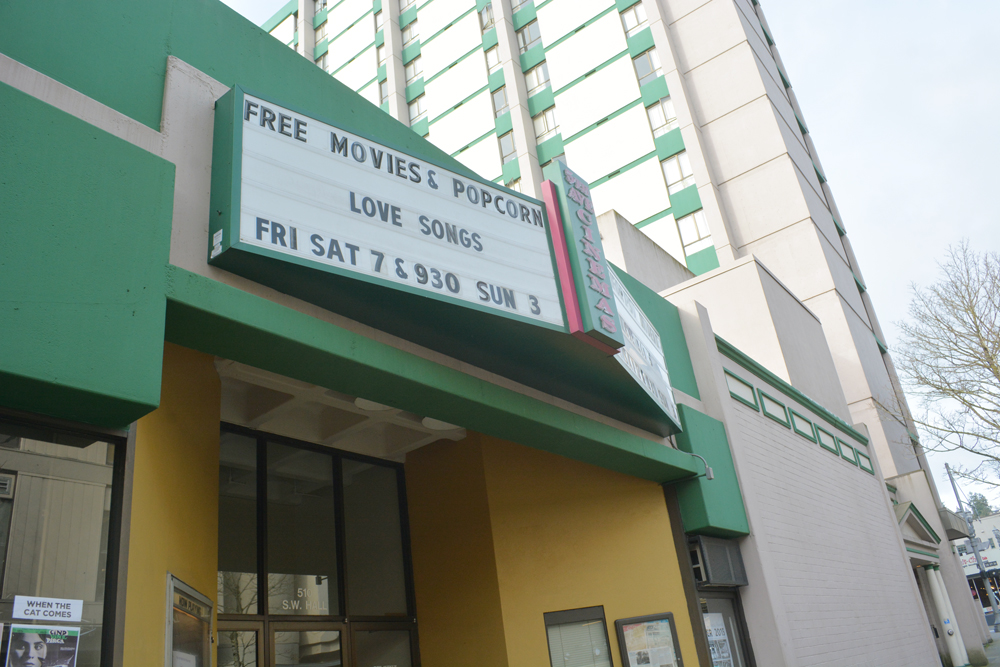The Ruder Reality
Today’s Aflac Trivia Question: What is the hottest trend in baseball broadcasting?
No, you can’t check the Buick Opinion Poll, and if you missed the Olympia Sports Presents The Boston Globe Pregame Show when we gave the answer you’re out of luck.
The answer?
Corporate sponsorship of statistics, graphics and achievements. But we will also accept the much simpler – selling out.
Yes, the hottest trend in baseball is selling the right to sponsor nearly every aspect of how the game is broadcast. Instead of simply checking scores from around the league, announcers now send it back to the studio for a Pontiac In-Game Update
Nearly every half inning, upon returning from a commercial “break,” you will no doubt be besieged with one of these branded interludes. After watching a lot of baseball, I’ve found it’s even possible to predict them by the barely perceptible rise in the announcer’s voice – an indicator of the phony enthusiasm that characterizes so much of advertising.
Obviously, baseball broadcasting is not the only media to be colonized by the parasite of corporate branding.
The product placements and in-show sponsorships of programs like “American Idol” and “Survivor” showed marketing and programming executives how they could increase profits by moving the commercials out of the breaks and into the show.
The baseball world, having already sold the names of its ballparks to absurd corporate sponsors (Minute Maid Park, PETCO Park, Enron Field) and having covered nearly every inch inside the stadiums with ads and franchised restaurants, didn’t hesitate to latch on to a new revenue bonanza.
Some sponsors try to diminish the tackiness of their product placements by being witty. For example, the Mercedes-Benz Keys to the Game, the Amtrust Bank Great Save of the Game or the Nextel DirectConnect to the Bullpen. Others simply tack their name on a graphic or statistic, such as the Lincoln/Mercury Game Summary and the Midas Pitch Sequence.
Both approaches are equally offensive.
Apparently, there are no guidelines or limitations for whom can sponsor what and what can be sponsored. All that matters is that someone is paying. How else can you explain the Foxwoods Resort and Casino Play of the Game in a sport still trying to deal with illegal gambling accusations against one of its greatest players?
None of this should be surprising.
Whether Jackie Robinson’s transcendence of the color barrier 17 years before the Civil Rights Act of 1964, or the introduction of professional sports’ first free agency system in 1975, Major League Baseball has survived due to its ability to predict and respond to changing social conditions in the country.
Years ago, the Jack Daniels Final Box Score would have been unthinkable, but continual bombardment by ads on buses, ads in urinals and ads in schools has worn down our resistance and created an atmosphere where the Jack Daniels Final Box Score sounds normal. Again, baseball has adapted to a changing America, only this time the result is profoundly negative.
The days of $1 bleacher seats, cheap hot dogs and “let’s play two,” may have left Major League Baseball a long time ago, but the game has remained strong. The way the game is broadcast has much to do with its continuing success, as the style of the broadcast goes a long way toward shaping our perception of the game.
The new hyper-sponsored broadcast reduces the game to a confused corporate billboard wherein the game itself is passed over for flashy (and not so flashy) attempts to sell crap that has nothing to do with the game.
If we’re not careful, instead of growing up wondering who was better, Ruth or Mays, kids will grow up wondering whether it’s better to be the star of the GEICO Direct Moment or the Hummer: Like Nothing Else Moment of the Game.
That would be a shame.



